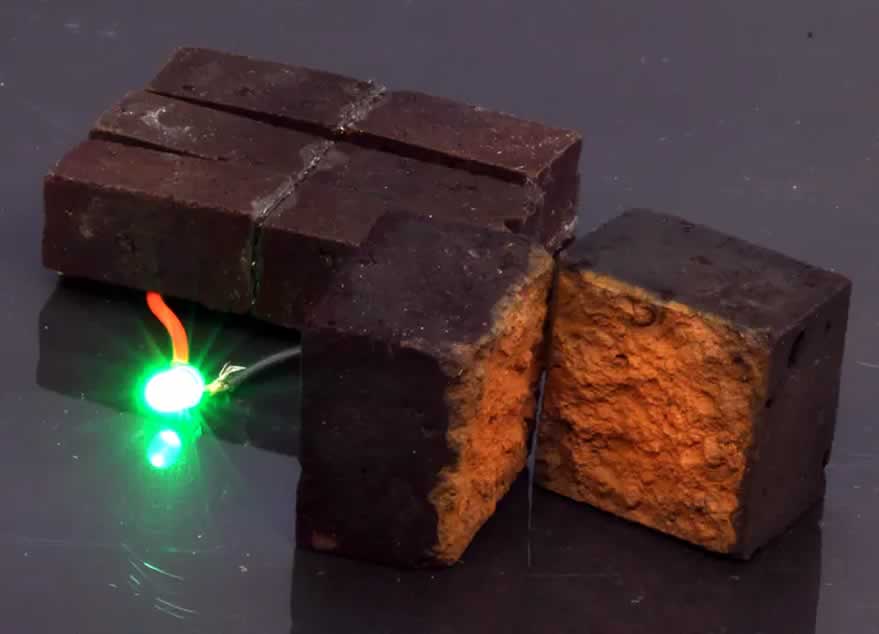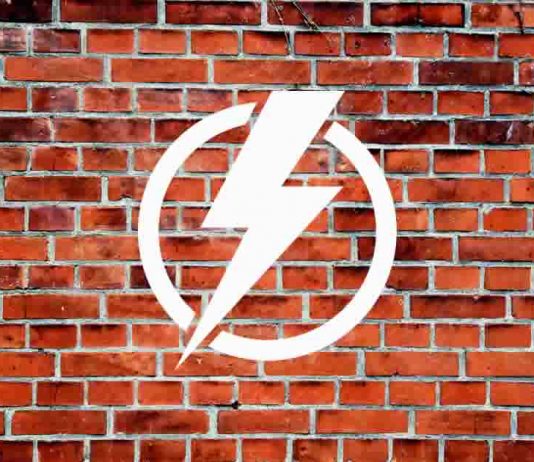Near future, houses will be full of smart devices. The more devices we connect, the more energy they consume — So what if the house itself was a giant battery? That is what the latest study based on creating bricks capable of storing energy can make it possible.
A team of researchers from Washington University in St. Louis has discovered a method to turn typical bricks into batteries to store energy for the home.
D’Arcy and colleagues, including Washington University graduate student Hongmin Wang, first author of the new study, showed how to convert red bricks into a type of energy storage device called a supercapacitor that can withstand 10,000 charging cycles.
The key to this development has been to take advantage of a characteristic of bricks — the red pigment in bricks, iron oxide or rust and how porous their material is.
The idea is to fill the pores in bricks with an acid vapor that dissolves the iron oxide and converts it to a reactive form of iron. Then researchers flow a different gas through the cavities to fill them with a sulfur-based material that reacts with iron leaves the pores coated with an electrically conductive plastic, PEDOT.
PEDOT is comprised of nanofiber structure with low electrical resistance and high surface area, which makes it ideal for energy-related applications. This structure does not affect the integrity of the brick, which can continue to be used like any other.
For the house of the future?
Therefore in the future, the house bricks themselves could be like the ‘cells’ of a conventional battery, storing the energy that our house generates. For example, if we have solar panels, the excess energy can be stored in the bricks and used at night to power our devices and appliances.

However, initial tests have not gone that far yet, and so far the researchers have managed to turn on an LED light using a few pieces of PEDOT-coated bricks.
According to researchers, about 60 PEDOT-coated bricks would have enough power to run an emergency light for about 50 minutes, and they would take 13 minutes to recharge.
Researchers are now working on converting the nanofibers’ structure into composites that contain other semiconductors to boost the amount of energy the nanofibers can store.


